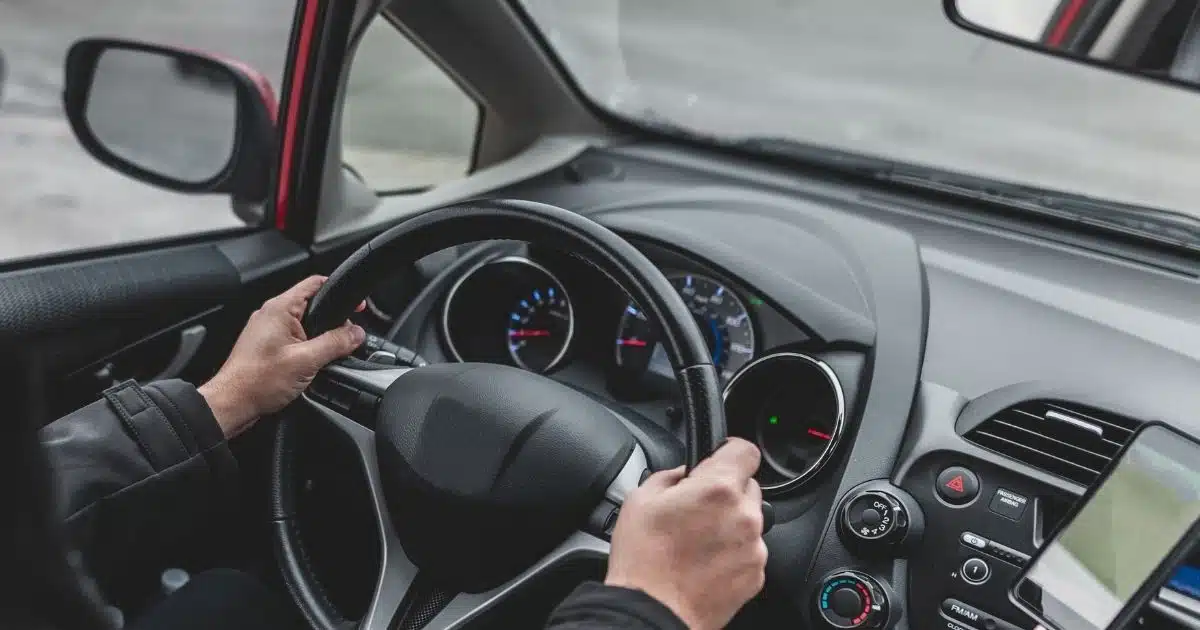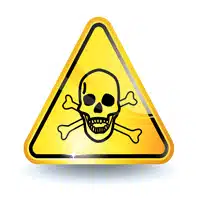Driving in foggy conditions can be just as dangerous as icy roads, storms, and when people are under the influence of alcohol or drugs. Visibility can be severely impacted by fog, and even when motorists have their headlights on, you might not see them until it is too late. The safest course of action is to avoid driving when it is foggy outside but sometimes you may have no choice. Here is some information about why fog makes driving difficult and ways to drive safer when you are in it.
What Causes Foggy Conditions?
Fog appears when the air is full of fine droplets of moisture. When the light hits these droplets, they scatter the light, creating a loss of contrast with everything within and around them. It can be near impossible to see through the dense, white curtain that is created. Sometimes you can see up to 100 feet, or it might be much less than that, which is what makes it so dangerous.
In the spring and fall, (or year-round, depending on where you live) it may be foggy in the morning, and then the roads will clear up later on when the sun comes out. This can be a real problem when people need to get to work on time but check traffic and weather reports. If there are heavy fog warnings, try to wait it out.
How Does Fog Impact Driving Conditions?
It is easy to misjudge distances in foggy conditions. The human eye naturally determines that blurry objects are farther away than clean ones, including moving and stationary objects. It is not unusual for drivers to plow into parked vehicles when it is foggy out. The perception of speed gets distorted as well, because of the decreased contrast: Drivers may think that other vehicles are traveling slower than they actually are. This also impacts a driver’s perception of how fast they are going, because they cannot tell how quickly they are passing outside objects.
Safety Tips for Driving in Foggy Conditions
Although you might think that using your car’s high beams can help you see better in fog, it actually makes visibility worse. Instead of increasing visibility, the water particles in the air scatter more of the light right back into your eyes. This doesn’t mean that your headlights should be turned off, though. Keep them on but if you have fog lights, use them. Regular headlights are white, but fog lights have yellow and green colors in them. It is also a good idea to turn on your hazard lights when the fog is dense.
Reducing your distractions is also important. We all know that using handheld devices while driving is always dangerous but be extra vigilant when visibility is low. Put your phone on do not disturb and place it somewhere that it cannot be reached. Turn the music down, ask your passengers to stay quiet, and avoid eating, drinking, or smoking while you’re driving.
Another common mistake is to closely follow the lights of a vehicle in front of you. Using those as a guide takes your focus away from everything else on the road. Watching those lights focuses your attention on a narrow patch of road, so you could miss other dangers. It is safer to follow the lines on the road, as they will help keep you in your lane.
What Else Should I Do in Foggy Driving Conditions?
Posted speed limits are for normal driving conditions; drive slower than those when it is foggy. Keep checking the speedometer, since it might seem that you are moving slower than you really are because of the distorted perception. Increase your following distance. It is best not to drive right alongside other vehicles on roads and highways. If there are large commercial trucks nearby, stay as far away from them as you can.
If you cannot see where you are going do not suddenly stop, because someone could crash into you. Continue moving slowly and try to find somewhere safe to pull over. A good choice is a public parking lot, but if you cannot find one, somewhere that is outside of the flow of traffic could work. Windshield wipers can help with visibility in foggy weather because there is so much moisture in the air. Turning the defroster on a warm or hot setting can also help clear the windshield clear. Give both a try, but if they do not help – or if they make things worse – just turn them off.
The Wilmington Car Accident Lawyers at Rhoades & Morrow Advocate For Safe Driving in All Weather Conditions
If you were injured in a weather-related automobile accident due to someone else’s negligence, our experienced Wilmington car accident lawyers at Rhoades & Morrow are ready to provide trusted legal guidance. For a free consultation, call us at (302) 427-9500 or complete our online form. With offices in all three counties of Delaware, we serve clients throughout the state.





